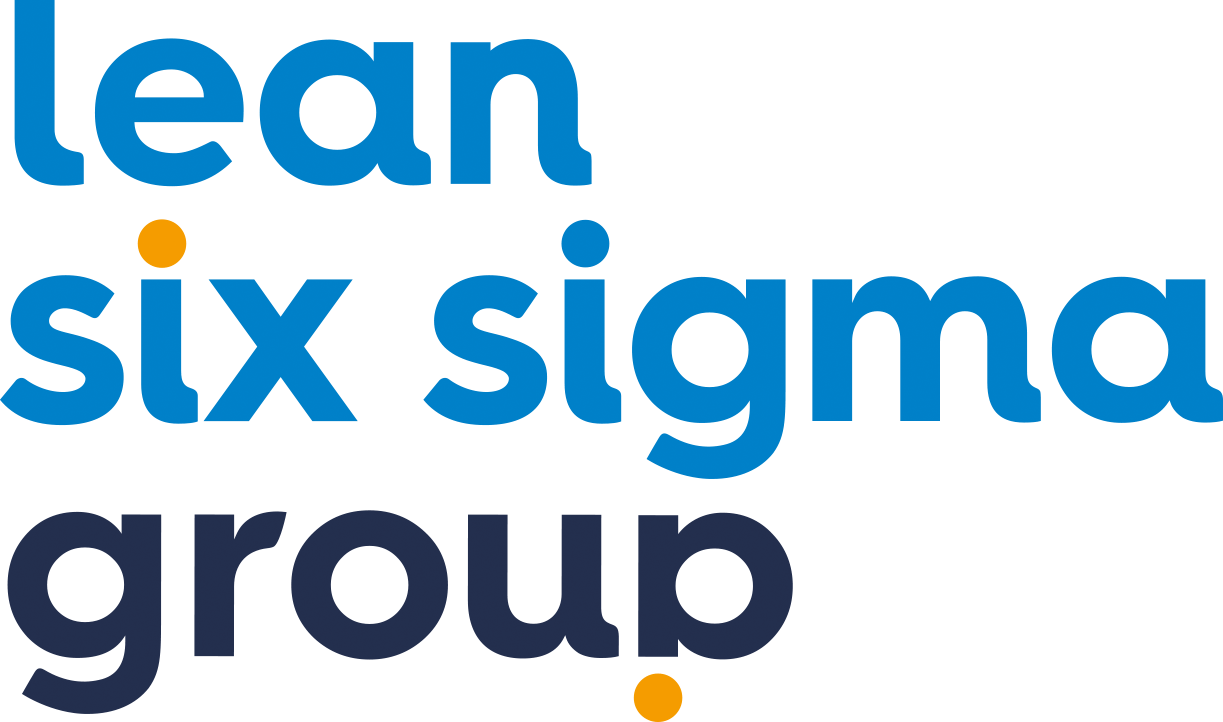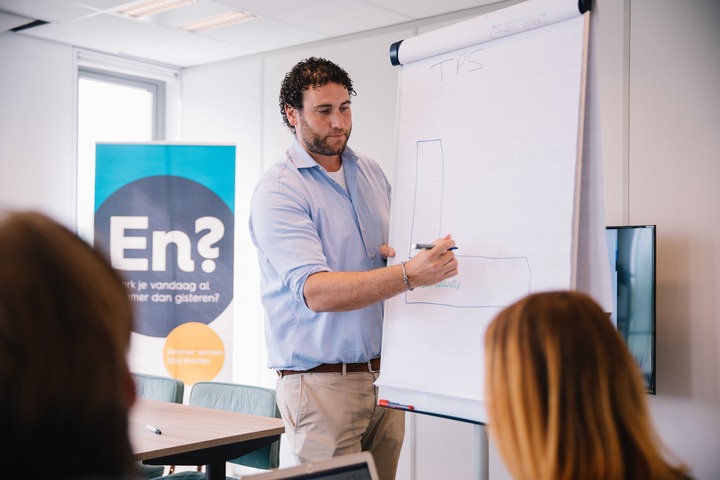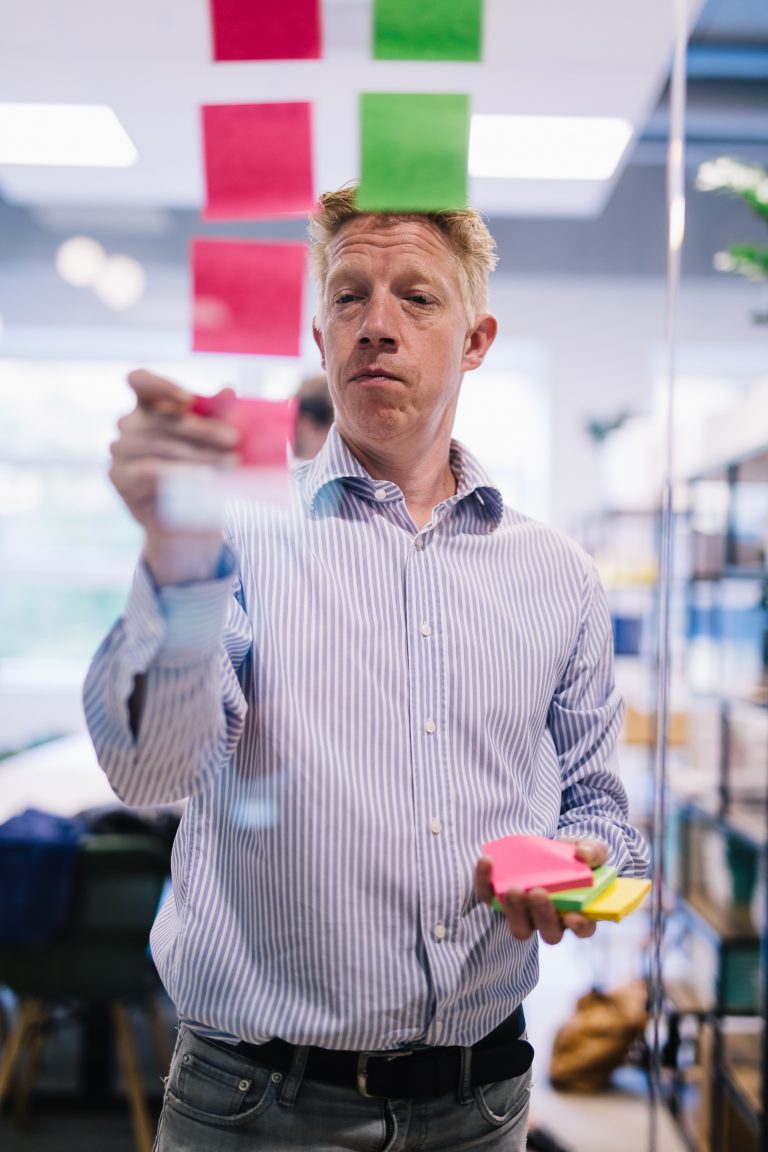Nowadays, people and organisation have gotten to know the philosophy called Lean more and more. It might be the entire organisation has implemented Lean, but it might be as well they are only using a few tools belonging to the philosophy. But why are they doing this? And what should be done to achieve the same as they have?
What actually is a Lean trajectory?
A trajectory is a path or route yet to be walked or gone on. In other words, before starting Lean a path you should be wandered: your organisation must be ready. Another feature of a trajectory is the possession of a clear start and ending. However, this is not the case with Lean (Six Sigma). There is no actual start or defined ending. It is a structure that is implemented in the working environment of an organisation, but it will be a never-ending change to the organisation. Things can always be improved!
To elaborate a little more on that progression, one of the main principles of Lean is continuous improvement. Striving towards perfection. Lean focuses on a goal based on customer value. Everything is based on this value, you could consider it being some sort of foundation for your organisation. Because your main concern should be the satisfaction of your customer. Furthermore, another concern is Operational Excellence, which focuses on doing your very best to satisfy the customer by listening to his or her needs and requirements. A combination between Lean and Lean Six Sigma is often used to achieve this goal. Lean makes continuous use of five different principles. Lean Six Sigma uses DMAIC to achieve the same goal.
But then, why use a Lean trajectory?
Lean focuses on the customer and continuously tries improving business processes to keep those customer satisfied. The main focus of Lean is actually the reason why most people want to implement this philosophy in their organisation. Often, this happens because customers are not as satisfied as they once were, or maybe because the market share of an organisation has decreased.
If customer satisfaction has lowered, this must have a reason. Most of the time, this can be pinned on a difference between the expectation of the customer and what he or she actually receives from the organisation. But how can this happen? It is crucial to know the ins and outs of your customer as an organisation and keep him or her satisfied. Therefore, if you recognize the above and feel there are some business processes that are in need of improvement, do not hesitate to set the entire focus on the customer. Focus on the requirements and try to meet these. Keep in mind these could change over time. This is a reason why Lean focuses on continuous improvement.
Which steps should you take?
- Strategy
Starting Lean can best be done by thinking of a strategy. This strategy translates your goals into a mission, while mapping out the ambitions of the organisation into the customer value. In other words, this is your first step towards your organisation’s personal path. This path can be wandered by setting smaller goals. - Communication
The second step entails communication. Not only the management or only the employees must be in the known about what is going on; everyone should. They must know: what is Lean, why are we using it, what do we want to achieve by using it and in what way will we do so? The success is in everyone’s hands. But they can only achieve the goals if it is clear to everyone what they should do and how they contribute to the trajectory. - Management
The third aspect of Lean is management. As just described, everyone should know about their role within Lean in the organisation. However, the management team takes on a special role, because they should motivate and coach the rest of the employees. Often, these are Green Belts. Black Belts can help as well, by keeping track of the different Green Belt Projects going on within the organisation and linking these to the strategy (step 1). But no matter what Belt, all should stimulate and enthuse employees by propagating the organisation’s goals and strategy. - Make the right choices
The fourth and last step is all about making right choices. These choices should be in line with the organisation’s goals and strategy. If smaller goals are set, these can be achieved more easily, for example by the use of tools such as 5S.
A Lean trajectory repeats five principles. One of the goals is to embrace the Lean culture and strive towards eventually taking over the way of thinking and acting Lean implies. Starting this trajectory can be done by following a Yellow Belt Training.




